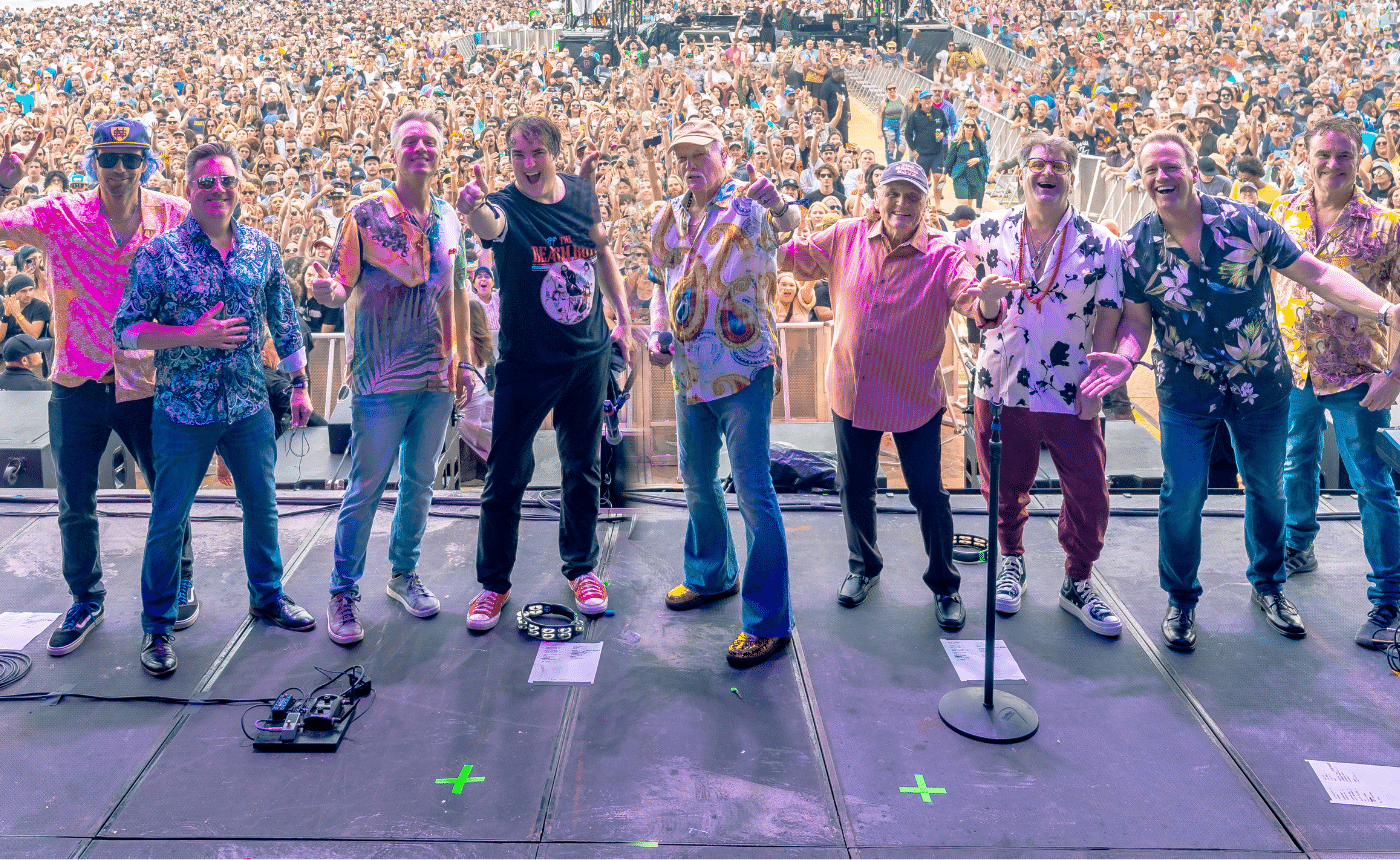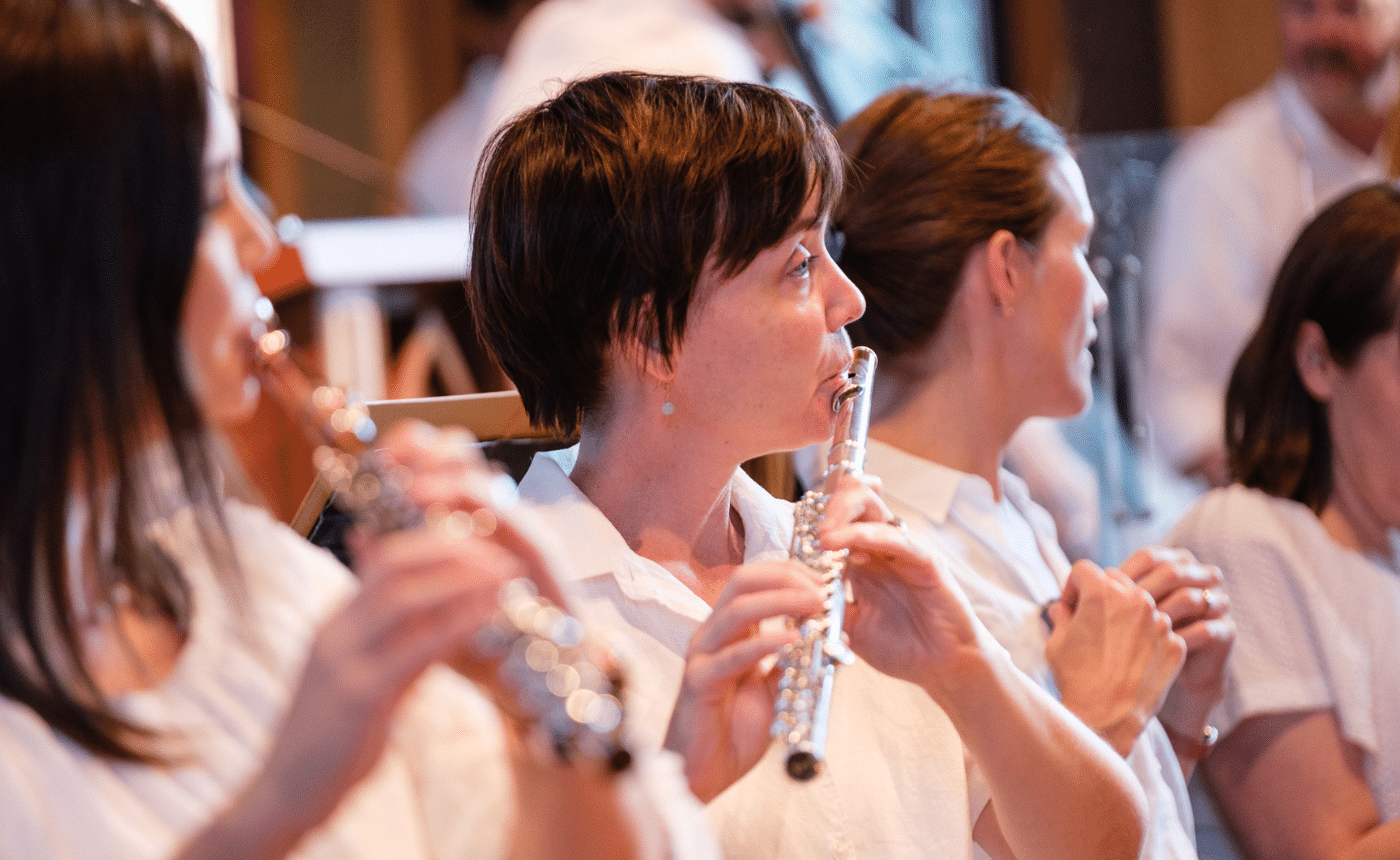War and Music
Music is created from all sorts of inspiration. Love, anger, passion and joy help composers and musicians write elaborate concerts and musical numbers. In 1941, Dmitri Shostakovich’s inspiration came from fierce political pride when Nazi Germany forces surrounded Leningrad (currently known as Saint Petersburg, Russia). The 70-minute Symphony No. 7 “Leningrad,” which will be conducted by Maestro Thierry Fischer on February 7 and 8, was written in four movements and meant to show the loyalty and patriotism of Leningrad’s residents.
Capturing Leningrad was a key military operation for the Nazi forces of Germany, and Adolf Hitler could see victory of the siege even before it happened. The city held on, but the siege was devastating. A third of their population died from exposure, starvation and violence. When written just as “a third,” the number of casualties doesn’t seem that high. But, considering the population of a great capital city like Leningrad, “a third” seems larger when actually assigned a number. Estimates of the loss of life number up to 1.5 million people. And 1.4 million people were evacuated over the course of the siege whenever there was an opportunity. Shostakovich refused to evacuate when he had a chance, and instead he wrote this symphony, one of his most famous.
In the first movement, a series of string and flute solos show the beauty of the city before the music quickly changes into what is well-known as a musical interpretation of the initial German invasion. The second movement portrays the memories of Leningrad before the barricade. Throughout the third and fourth movements are the sounds of the brass and drums in a steady march, exemplifying the political pride of Leningrad. Of the political movements and patriotism, Shostakovich later said, “Everyone felt it. Spiritual life, which had been almost completely squelched before the war, became saturated and tense, everything took on acuity, took on meaning.”
In 1942, it seemed almost impossible for the symphony to be performed in Leningrad. The world premiere took place in Kuibyshev on March 5, 1942 even though Shostakovich wanted it to be first played by The Leningrad Philharmonic Orchestra. But the Philharmonic had been evacuated, and the Leningrad Radio Orchestra was the only group of musicians left in the city—there were only 14 members, many of them sick. But they were determined and held rehearsals despite all the difficulties. With the help of anyone that could play an instrument (many of the musicians were from the military), the very first performance of this symphony in the city it was dedicated to was held on August 9, 1942. The performance was poor, the hall cold and dark, but the premiere came at a key time and buoyed the citizens who saw it as a reflection of everything they had suffered while surrounded by the Nazis.
Despite Hitler’s confidence that the city would fall, Leningrad survived for 872 days before the siege was finally lifted. Though the music was completed before this day, the emotions of the finale are still present. It is almost as if Shostakovich was predicting the painful future with emotions that almost explode in the final movement of the symphony. The piece became a symbol of the Russian people and is still played at the Leningrad Cemetery in honor of those who died during the siege.
Mozart’s Mass in C “Trinity”, another symphony written in honor of a city (Mozart’s birthplace of Salzburg, Austria), will also be performed at this concert along with Utah Symphony Chorus and University of Utah Singers. Visit utahsymphony.org for more details.














